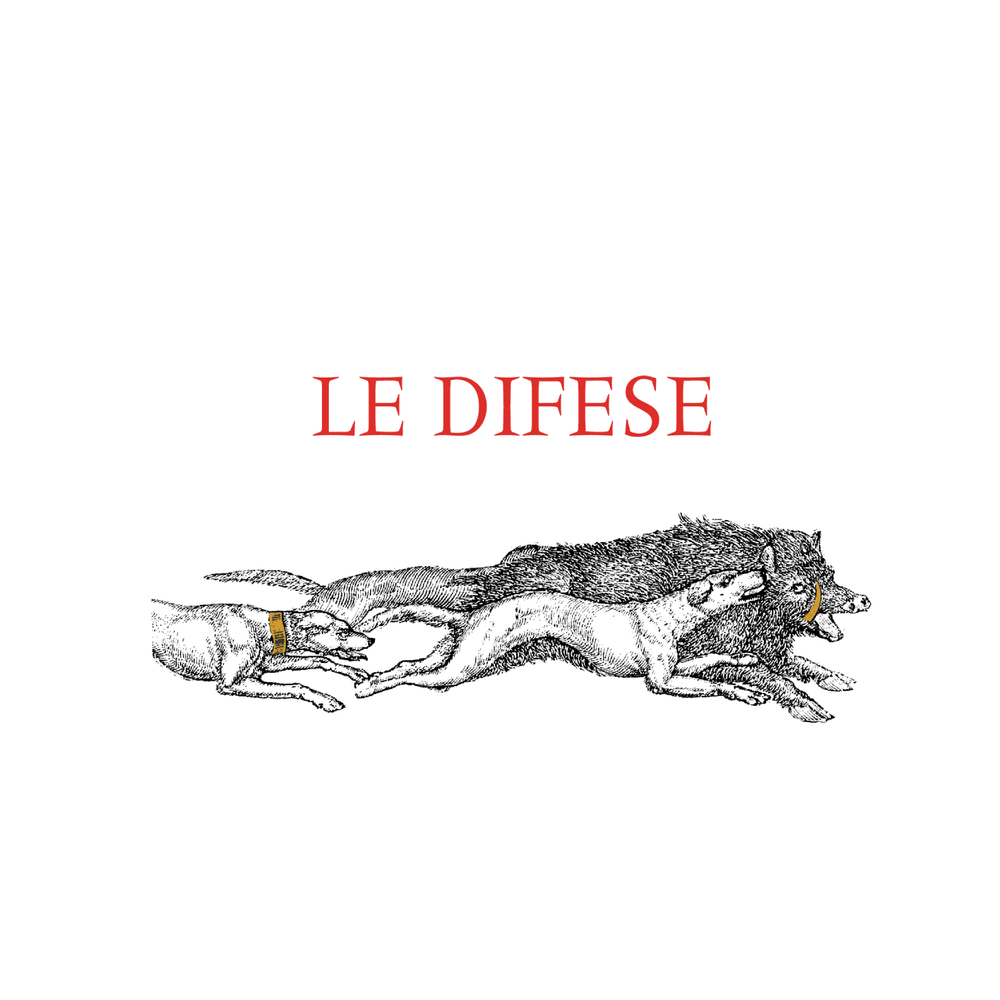Data Sheet
LE DIFESE 2015
CLASSIFICATION
IGT - Toscana
FIRST VINTAGE ON THE MARKET
2002
GRAPES
Cabernet Sauvignon, Sangiovese

Le Difese
SOIL STYLE
The soils on which the vineyards stand has varied and complex terrain features with a strong presence of limestone, feature areas rich in marl and pebbles as well as being partly clayey; they sit at an altitude of between 100 and 300 metres above sea level, with a south/south-west exposure.
WEATHER TRENDS
2105 was a very good year. After an overall mild winter, with temperatures below the seasonal average in January and February and abundant rainfall, the vegetative growth began in the second week of April with the arrival of mild temperatures and sunny days. The rainfall, which continued throughout the first part of spring, favoured a more rapid vegetation of the plants, and made the soil water reserve adequate. Flowering, which ended at the end of May, was excellent, followed by very good fruit, helped by a truly favourable climate. June and the first half of July were characterised by temperatures above the seasonal average but, from the end of July, they dropped back to normal. This was also thanks to some rainfall, which brought fresh air to the benefit of the vineyards and led to excellent grape production. The good temperature variation between night and day, which occurred throughout the month of August, ensured perfect phenolic ripening of the grapes.
HARVESTING
Harvesting, strictly by hand, began in late September with the Cabernet Sauvignon grapes and was completed in October with the Sangiovese grapes. The grapes were healthy, perfectly ripe.
FERMENTATION
Careful selection and sorting of the bunches by hand. Soft destemming of the grapes.
Primary fermentation took place in stainless steel vats at a controlled temperature (27-28°C). Maceration on the skins for 13-15 days for the Cabernet Sauvignon and for about 14-18 days for the Sangiovese, with successive phases of pumping over and frequent deléstage to stimulate aromatic extraction and soften the tannins. Malolactic fermentation was carried out in steel and concluded towards the end of November.
AGEING
At the end of the malolactic fermentation, the wine remains in steel for about 3-4 months and temperatures are kept around 10 ° C. Periodic decanting is carried out to eliminate the sediments. The wine then undergoes an aging in wood, with French oak barriques previously used for Sassicaia and Guidalberto, for an average period ranging from 6 to 8 months. At the end of the aging period in wood, the wine returns into the steel tanks where the temperature is stabilized for about 20 days at around 4-5 ° C for the necessary tartaric stabilization, before bottling.